multishifter

casm powered utility to create gamma surfaces, UBER curves, and twisted bilayers along crystal planes.
Tutorial II.a: Stacking a slab
In this tutorial we’ll use multishift stack to create a thicc slab of \(\mathrm{LiCoO_2}\).
Slabs created using this method serve as input for \(\gamma\)-surface construction, decohesion calculations, and twisted bilayers.
We’ll also explore how multishift translate can be used to specify which atomic layer should be brought to the surface of the unit cell.
LiCoO2 unit cell
Download the primitive cell for \(\mathrm{LiCoO_2}\) here, or create a file called licoo2.vasp with the following crystallographic data:
multishifter tutorial ii
1.00000000
2.90741584 0.00000000 0.00000000
1.45370792 2.51789597 0.00000000
1.45370792 0.83929866 5.11697211
Co Li O
1 1 2
Direct
0.0000000 -0.0000000 0.0000000
0.5000000 0.5000000 0.5000000
0.2700203 0.2700203 0.1899392
0.7299797 0.7299797 0.8100608
As shown below, the structure is a layered material, and the surface of interest \((0,0,1)\) is already parallel to the \(ab\) vectors, so no slicing is necessary.
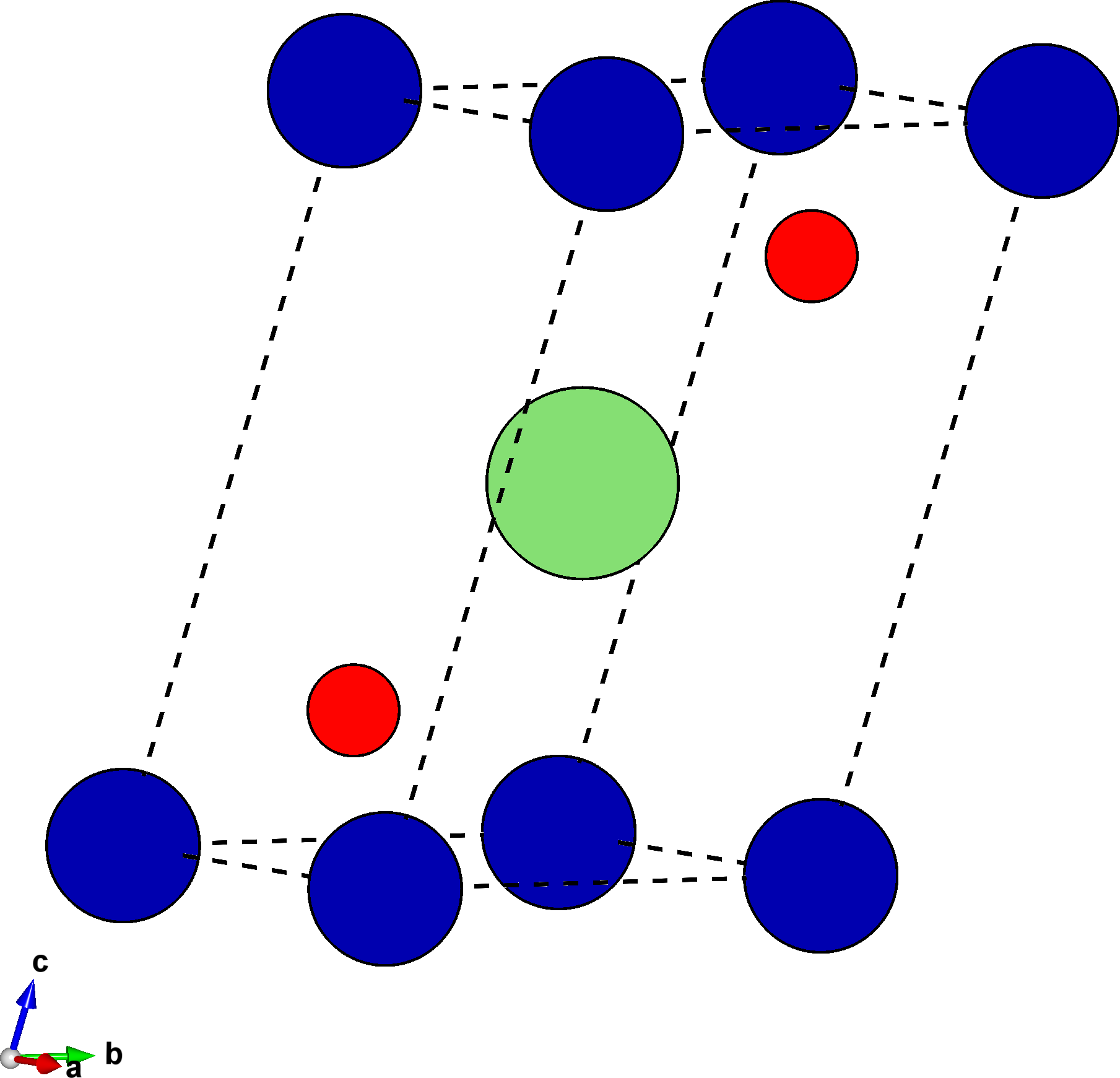 |
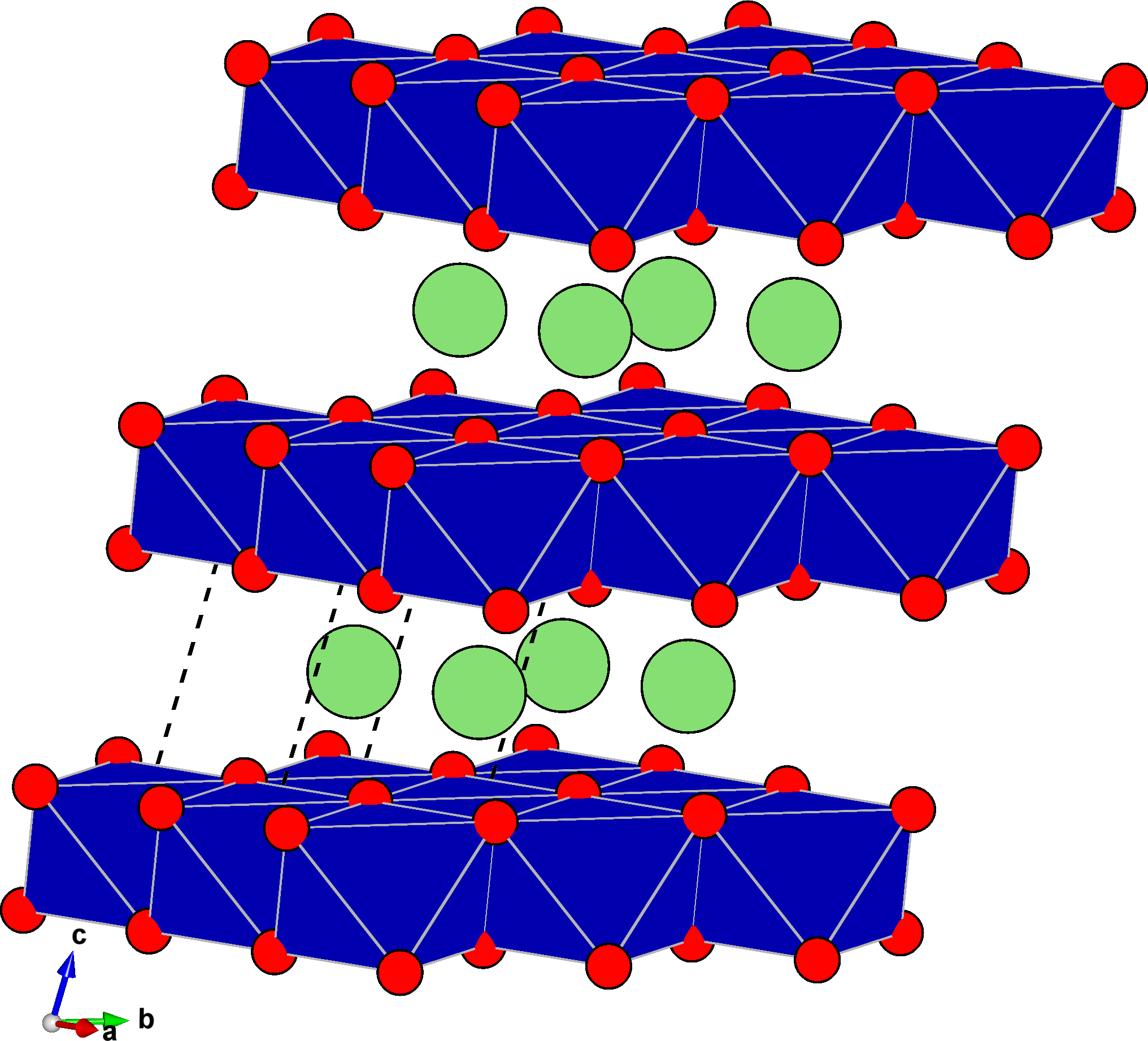 |
Stack the structure
We’ll create a slab that is 5 units thick. In order to do this, run
multishift stack --input licoo2.vasp licoo2.vasp licoo2.vasp licoo2.vasp licoo2.vasp --output licoo2_stack5.vasp
The resulting structure has the same orientation as the input, but is repeated 5 times along the \(c\) direction. This type of structure is referred to as a slab throughout future tutorials and documentation. When generating structures relevant to 2d defects such as \(\gamma\)-sufraces, decohesion curves, or twisted structures, the targeted surface will always be the plane spanned by the \(ab\) vectors. Because of this, there is an additional degree of freedom left to resolve: rigid translation of the crystal basis.
Inspection of licoo2_stack5.vasp reveals that the plane spanned by the \(ab\) vectors is penetrating the \(\mathrm{CoO_2}\) octahedra.
A \(\gamma\)-surface of interest would probably go between the octaheral layers, not through them.
This problem is remedied by multishift translate.
Translate the basis
There are two ways to translate the basis: either spefifying a shift vector (accepted as both Cartesian or fractional), or specifying the index of a basis atom. When specifying an index, a translation will be applied that brings that basis atom to the origin. Note that indexing of the basis begins at 1 not 0.
You can visualize your structure in VESTA and click on the desired atom to get the index in the right format. Remember that indexing begins at 1, not 0!
For our example we’ll select a \(\mathrm{Li}\) atom, such as atom 8:
multishift translate --input licoo2_stack5.vasp -floor 8 --output licoo2_stack5_floor8.vasp
The figure below shows the difference between the slab structure before (left) and after translating (right). After the translation has been applied, the \(ab\) plane goes between the octahedral layers.
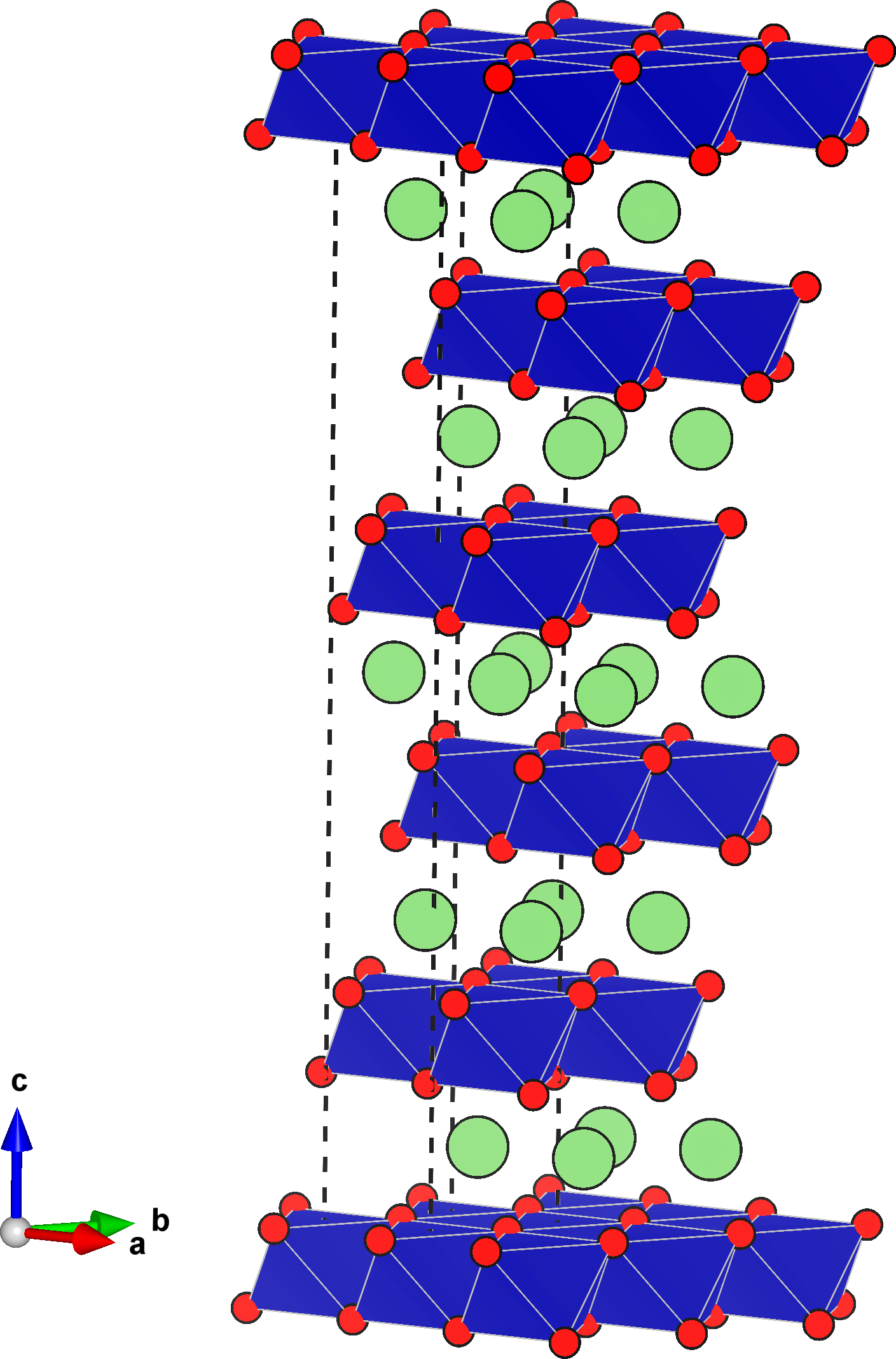 |
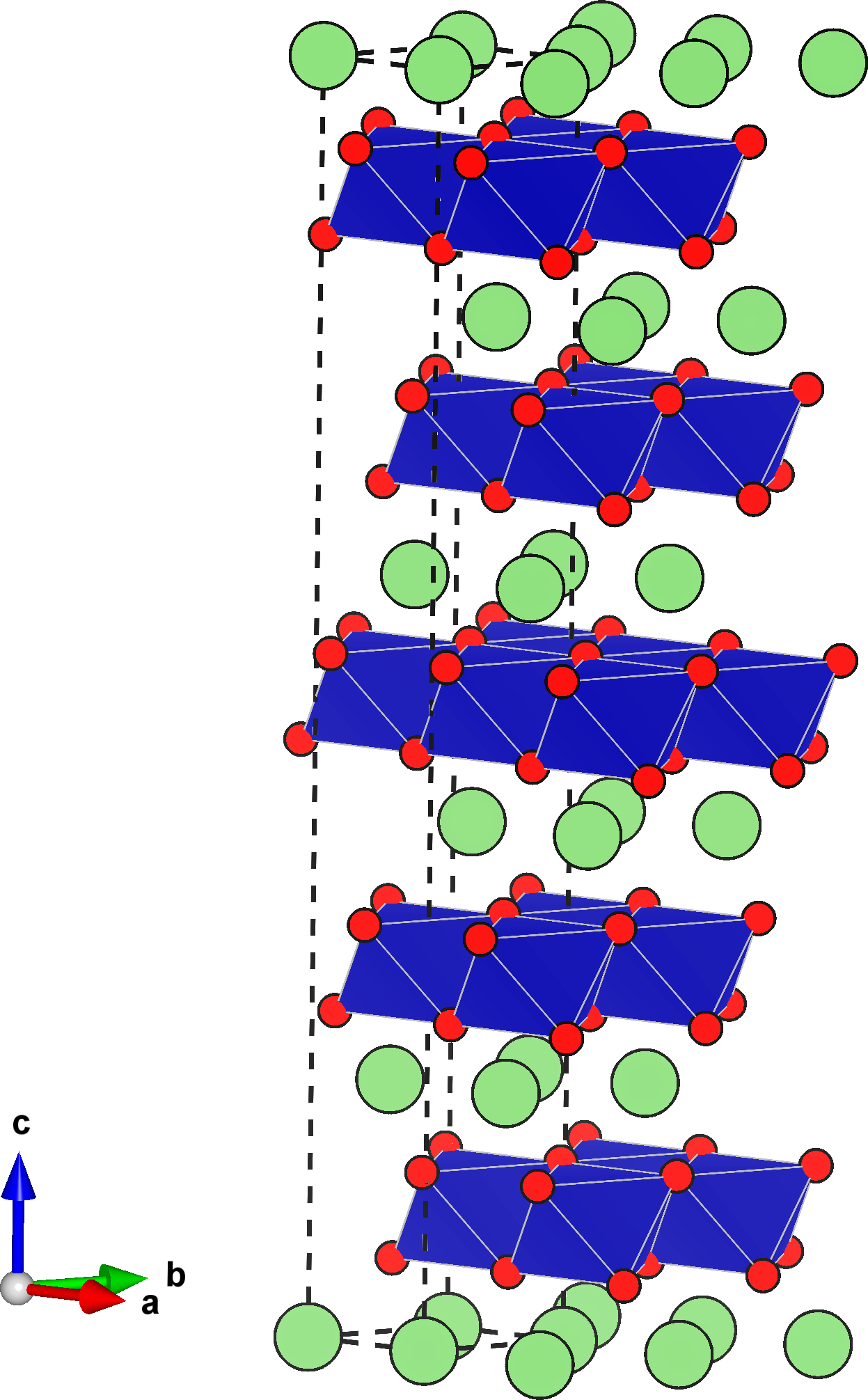 |
Tutorial II.b: Stacking a heterostructure
We can also choose to combine two different chemistries to create a heterostructure. We’ll use h-BN and graphite from the previous tutorial as an example, or you can make the files yourself using the following data:
BN.vasp:
B2 N2
1.0
2.5124282837 0.0000000000 0.0000000000
-1.2562141418 2.1758267189 0.0000000000
0.0000000000 0.0000000000 7.7072649002
B N
2 2
Direct
0.666666729 0.333333362 0.750000031
0.333333368 0.666666724 0.250000000
0.666666729 0.333333362 0.250000000
0.333333368 0.666666724 0.750000031
graphite_sliced.vasp:
graph slice
1.00000000
2.46835383 0.00000000 0.00000000
-1.23417691 2.13765712 0.00000000
-0.00000000 0.00000000 12.06105428
C
6
Direct
0.00000000 0.00000001 0.16666800
0.66666667 0.33333334 0.83333466
0.33333333 0.66666668 0.50000133
0.00000002 0.00000008 0.83333199
0.66666668 0.33333341 0.49999865
0.33333335 0.66666675 0.16666532
Starting from the bottom of the stack, you can specify any stacking sequence. An alternating sequence of h-BN and graphite unit cells can be created with the following command:
multishift stack -i BN.vasp graphite_sliced.vasp -o hetero_BN-C.vasp
If different repetitions of a particular unit are desired, the same input file can be given more than once like we did in the first section. For example, if we want to have two h-BN units followed by a single graphite unit, we can do the following:
multishift stack -i BN.vasp BN.vasp graphite_sliced.vasp -o hetero_BN-BN-C.vasp
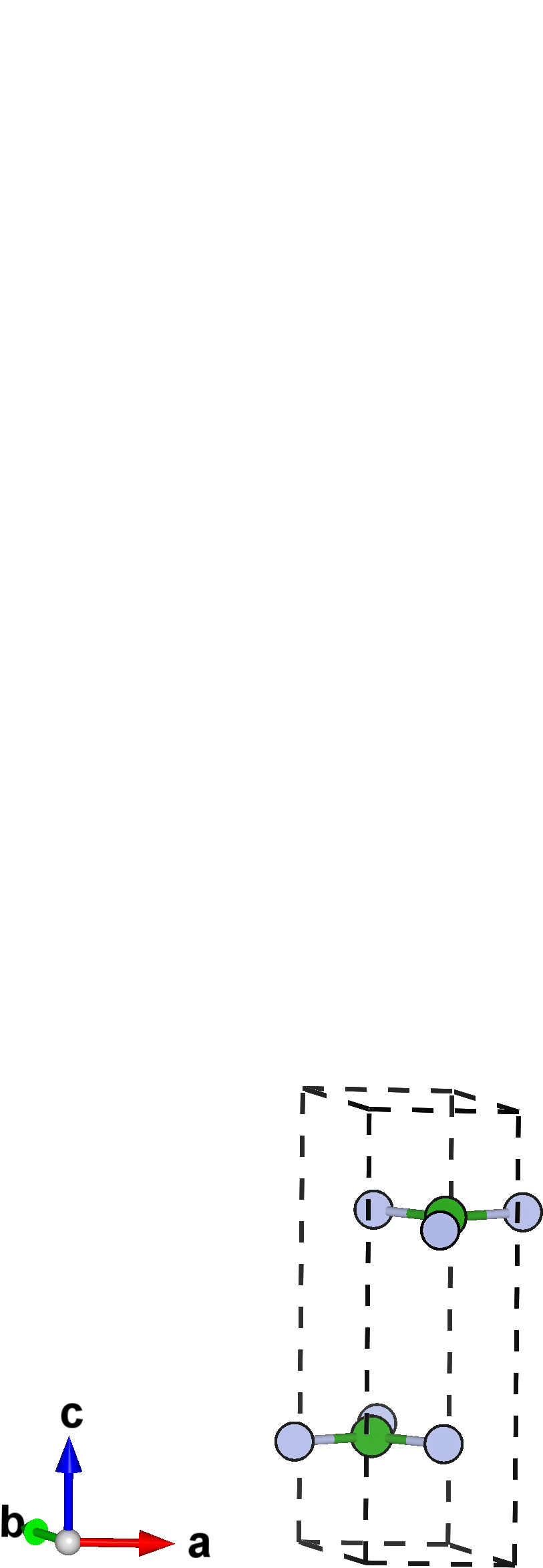 |
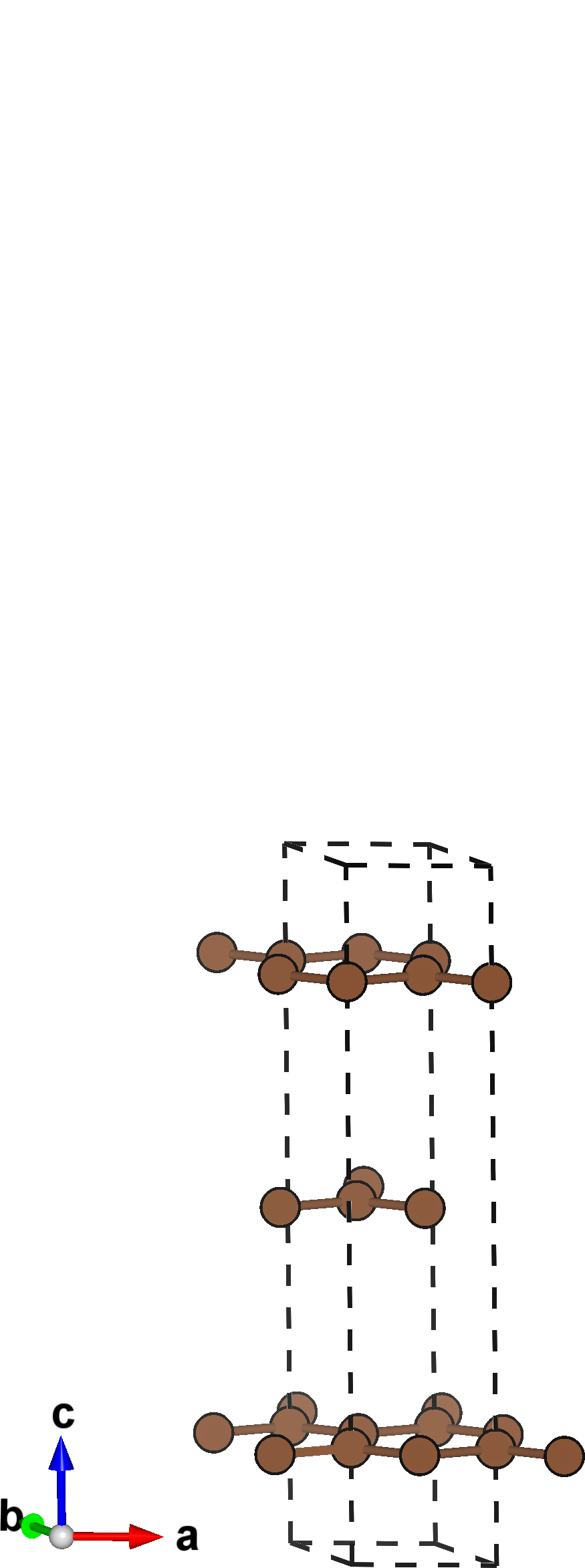 |
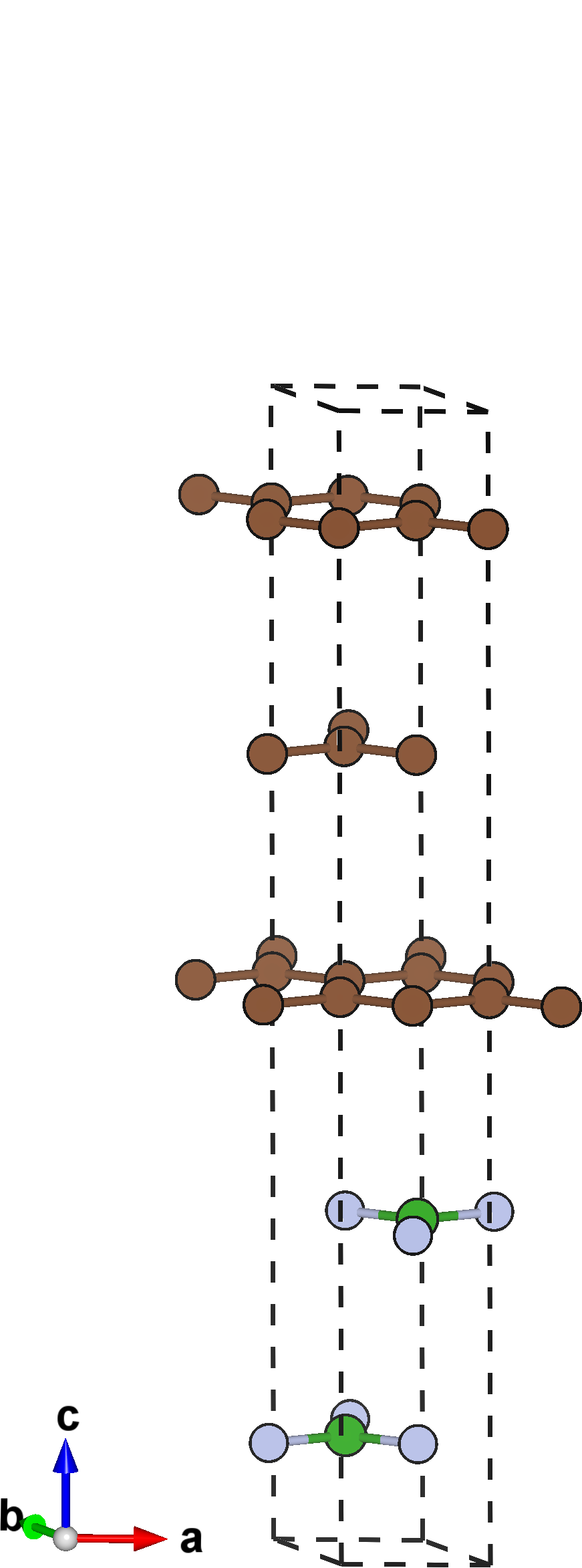 |
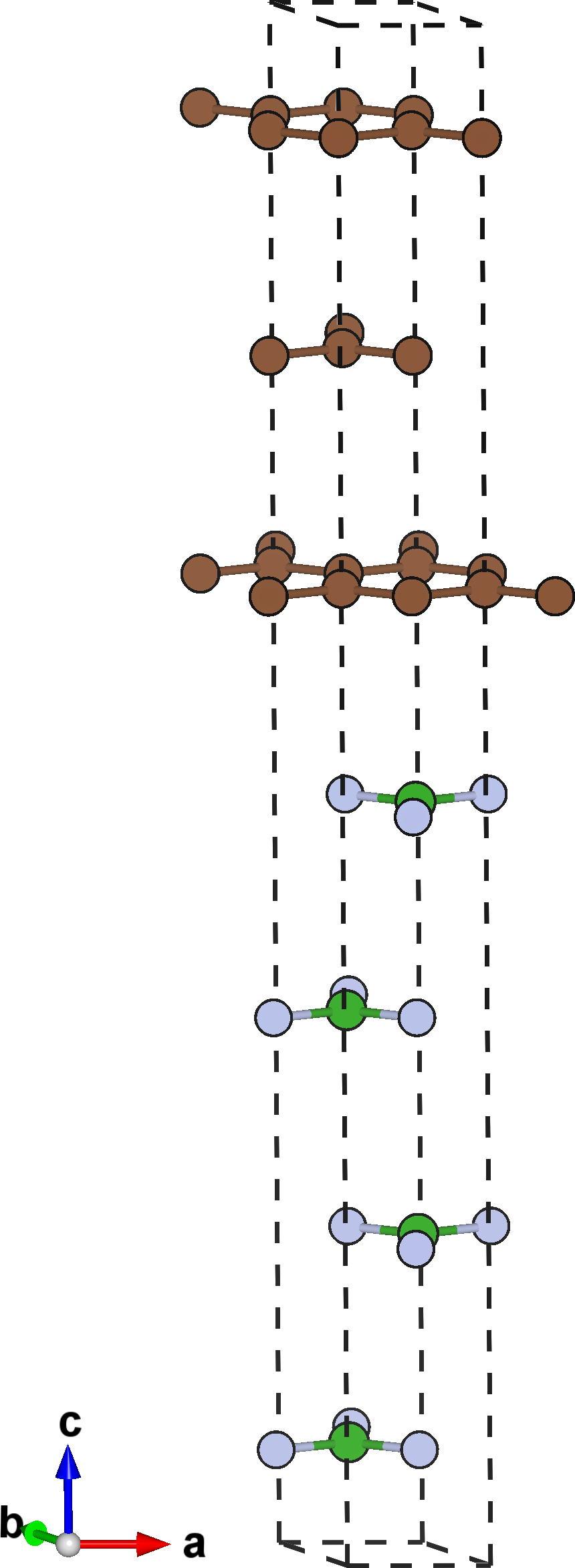 |
The final lattice vectors will always be taken from the first structure in the list. Subsequent structures will be strained as necessary so that they share the same in plane vectors! Stacking always occurs along the c direction for every structure, which can be easily reoriented with the slice command.